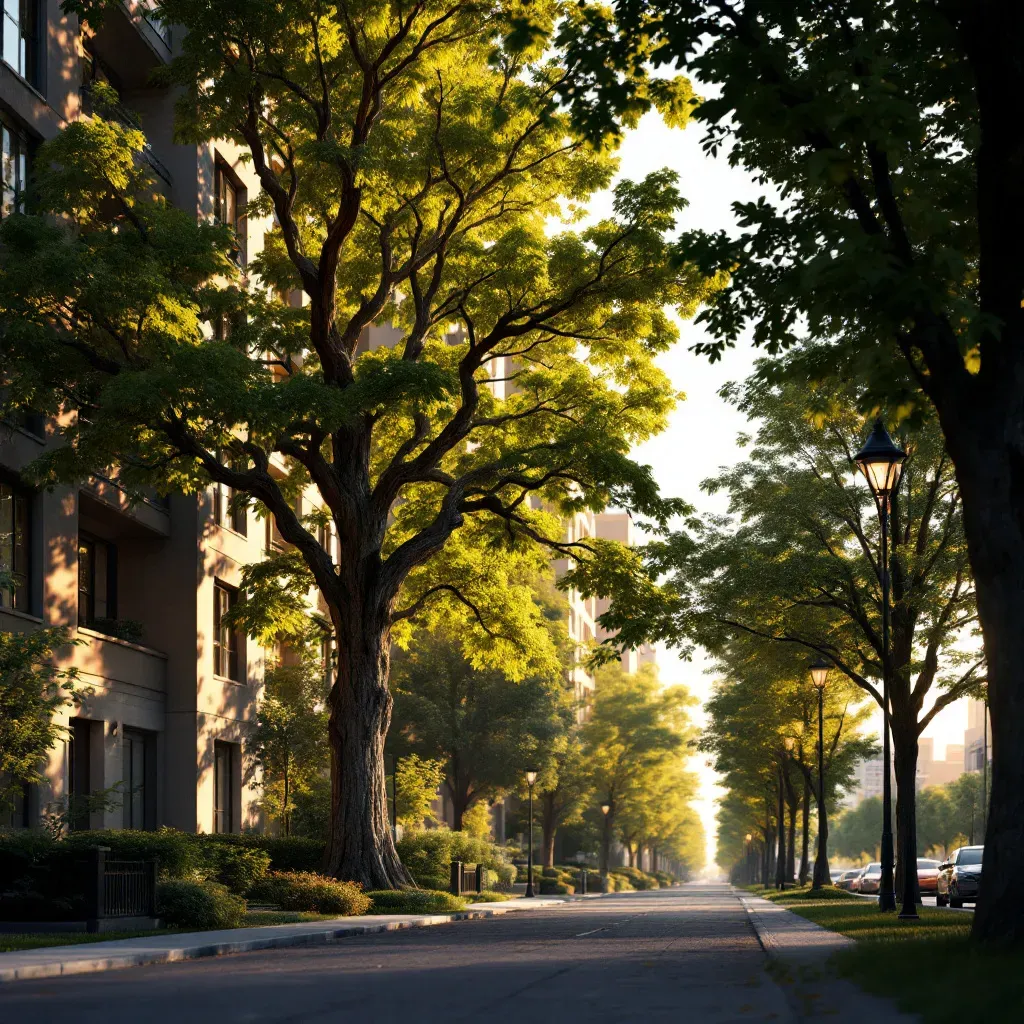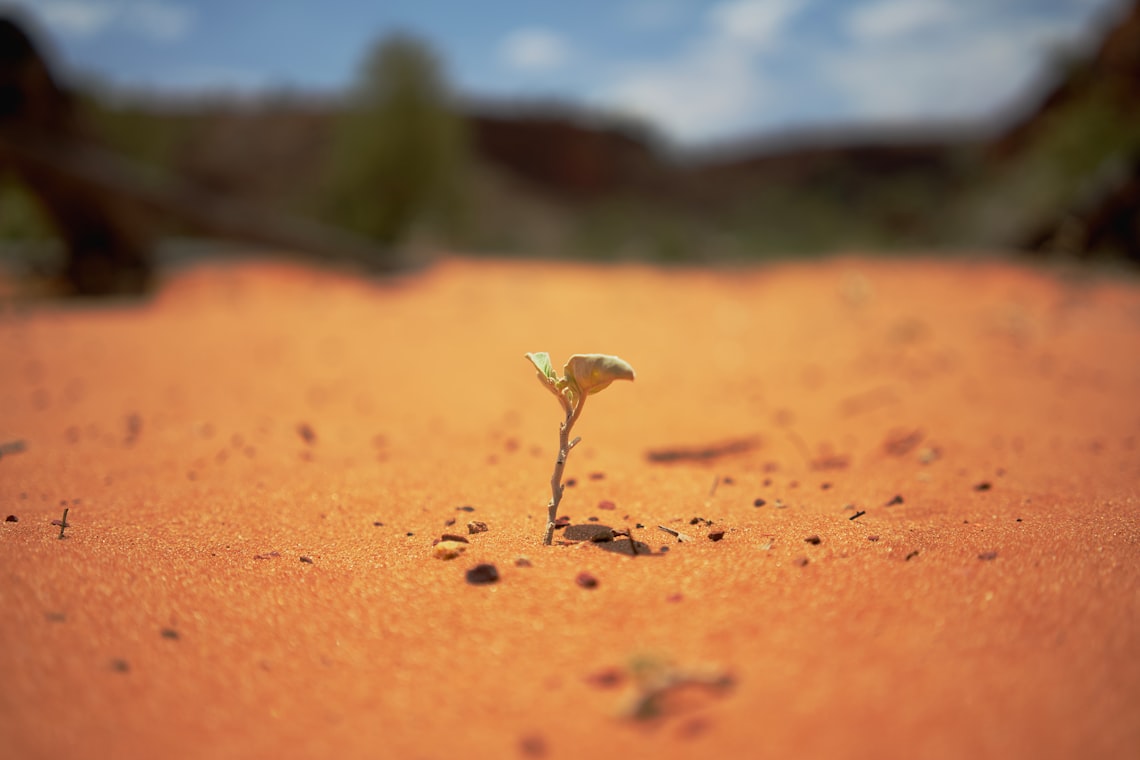For decades, the majestic elm trees that once graced city streets and rural landscapes have seemed like a memory, ravaged by the infamous Dutch elm disease. Yet, a remarkable comeback story is unfolding as these resilient trees are making a triumphant return, featuring increased disease resistance and a pivotal role in urban planting initiatives.
The Historical Challenge: Dutch Elm Disease
In the mid-20th century, Dutch elm disease devastated elm populations across Europe and North America. The disease, caused by the Ophiostoma fungi and spread by elm bark beetles, led to the removal of millions of trees. The once iconic elms vanished from urban cityscapes, altering ecosystem dynamics and aesthetic values.
Understanding Disease Resistance in Elm Trees
Researchers have long grappled with the challenge of breeding elm trees that can withstand this relentless pathogen. Through decades of dedicated tree breeding, scientists have identified and developed disease-resistant varieties. These modern cultivars, such as the 'Princeton' and 'Valley Forge,' exhibit an innate ability to fend off Dutch elm disease, propelling them to the forefront of current reforestation efforts.
The Role of Urban Planting in Elm Revival
In the realm of urban greening, the renewed interest in elms is transformative. Urban planners are increasingly recognizing the value of these trees in enhancing biodiversity, improving air quality, and providing canopy cover in cities. Elms, with their distinct vase-like shape and adaptability, are ideal candidates for urban planting projects.
- Enhanced disease resistance in new elm cultivars
- Contribution to urban biodiversity
- Improvement of urban aesthetics and air quality
- Provision of substantial shade and cooling effects
Future Prospects of Elm Trees
The resurgence of elms in urban settings offers promising prospects. Beyond their aesthetic appeal, elms play a crucial role in climate adaptation policies. Their resilience to Dutch elm disease, along with their ability to thrive in urban environments, makes them invaluable within the context of proactive climate-resilient landscaping.
As we witness the elm trees' return, it's a testament to human ingenuity in tree breeding and conservation efforts aimed at fostering a sustainable coexistence with nature. Elms are not just recovering but flourishing, signaling a hopeful future for urban planting strategies. The journey from vulnerability to resilience in these trees is an inspiring narrative of nature's tenacity and human dedication.
With elm trees at the heart of urban greening projects, their legacy continues to grow, filling city streets with life and vitality once more. The resilient elm serves as a beacon of what can be achieved when nature and human ingenuity work in harmony, showcasing the remarkable power of disease resistance among one of our most beloved trees.




